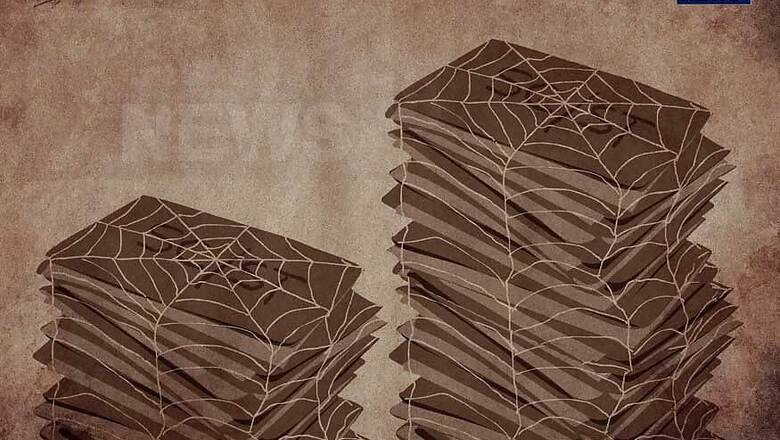
views
New Delhi: Ten people were killed on Monday as Dalits in several states took to the streets to protest a Supreme Court order doing away with immediate arrest in cases filed under the Scheduled Castes and Scheduled Tribes (Prevention of Atrocities) Act. Critics call it the dilution of the very objective of the act.
But a look at the data of cases filed under the act that has come up for trial in last seven years shows that even with the stringent provision, the implementation of the act left much to be desired, and was hence, failing to act as the deterrent it was meant to be. The data shows a massive spike in the pendency of cases, a decline in the number where the trial was completed, and a glaring fall in conviction rates. The same was reiterated by the ruling BJP on Tuesday.
Responding to a question in the Lok Sabha, minister of state (Home Affairs) Hansraj Gangaram Ahir said that during 2014, the number of cases registered as crimes against Scheduled Castes was 40,300. The number fell to 38,564 in 2015, which again rose to 40,774 in 2016. As far as crimes against Scheduled Tribes were concerned, Ahir said 6,768 cases were registered in 2014. The number fell to 6,275 in 2015 and rose to 6,564 in 2016.
Though shocking, these figures are only the tip of the iceberg. By 2016, there was a 10% increase in the number of cases of crimes against SCs, and a 6% increase in crimes against STs in comparison to the year 2010. However, the actual number could be much higher as most Dalits do not muster enough courage to register cases for fear of retaliation by the higher castes in most states.
Adding to their woes is the low conviction rate for the perpetuators and the huge pendency of cases in different courts. According to the latest National Crime Records Bureau (NCRB) data, in last seven years, the proportion of cases that were pending trial at the end of the year rose from 78% to 91% in the case of Dalits, and from 83% to 90% in the case of tribals. Most of the cases in which trial was completed by the end of the year ended in acquittals.
Similarly, conviction rates have also dropped sharply. It was 38% in 2010 and fell to just 16% in 2016 for crimes against SCs. For STs, it fell from 26% in 2010 to 8% in 2016. The data also shows that under the SC/ST (PoA) Act, 1989, while the charge-sheeting rate is 77 percent, the conviction rate was only 15.4 percent.
The number of cases found to be “true but [with] insufficient evidence”, according to the NCRB data, were 2,150. For the year 2016, 5,347 such cases were recorded to be “false”, and 869 cases were said to be “mistake of fact”. What also needs to be taken in consideration is the role of ‘exclusive courts’ that, on paper at least, are there to provide speedy trials in these cases.
Section 14 of the POA Act, 1989, states the need of a Special Court in every district to try cases under the Act “for the purpose of providing for speedy trial.”
Yet, according to the latest report on the implementation of the Act by the Ministry of Social Justice in 2015, there are only 194 such exclusive courts. India has more than 700 districts, thus making the number of such exclusive courts less than a third of the number of districts in India. To make the matters worse, only 14 states have set up these exclusive courts.

















Comments
0 comment